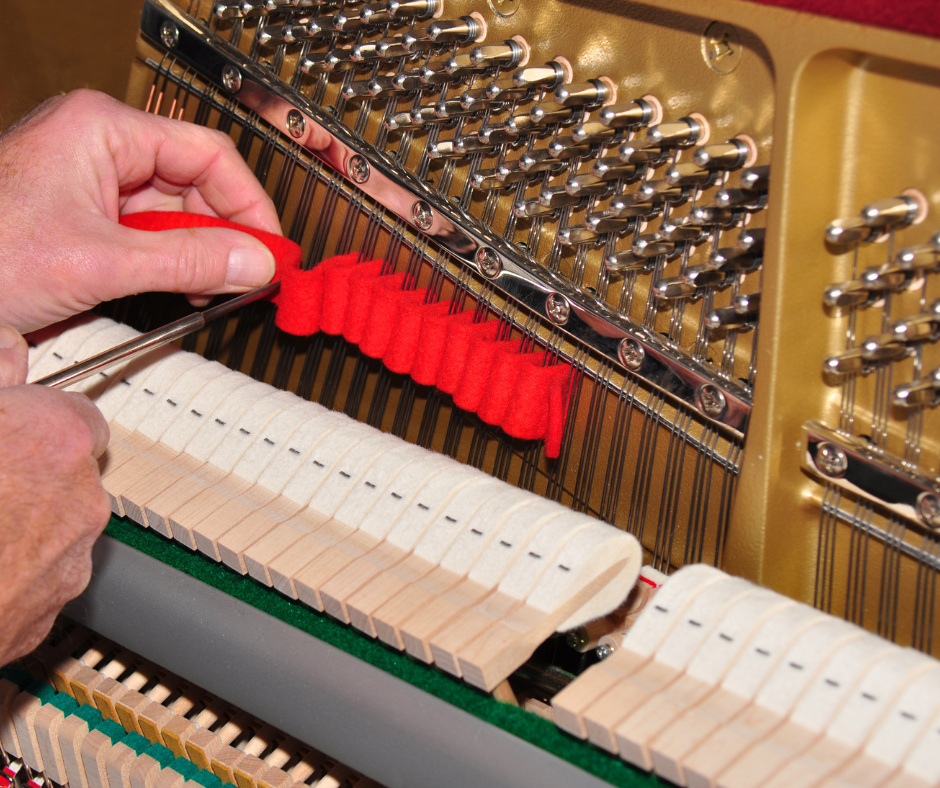
Does it matter when you tune your piano?
Share
There are a number of factors to consider when deciding how often you have your piano tuned: temperature and humidity changes, whether your instrument is used for performance, how aggressively you play, how often is the piano usually tuned, and more. Getting your piano tuned regularly is part of routine maintenance, but timing can make a difference.
Seasonal Tunings
Many tuners recommend tuning twice per year — summer and winter. In most areas, that usually means a little time after the home-heating season begins (late fall/early winter) and a little time after the home-heating season ends (spring). Some even wait until they have used the air conditioner a couple times.
Timing matters because pianos can be very sensitive to humidity fluctuations. In the summer, humidity can be high, and in the middle of winter, it can be very dry. Scheduling regular tuning in the fall and spring allows your piano’s wood components and string tension to settle. This reduces the stress on your instrument, so it adjusts to the seasons more easily.
Other Timing Factors
If you use your piano for performances, of course you’ll want to be prepared. These instruments are frequently moved, exposed to wider temperature changes, and are often played with gusto. These instruments should be tuned more often — sometimes multiple times right before a performance.
On the other hand, ignored pianos that have not been tuned for many years (or even decades) will most likely need pitch raises and multiple tunings. It takes time to bring these instruments up to pitch and stable.
For some, annual tunings are enough. With this timing, I recommend scheduling the tuning for approximately the same time each year. This consistency helps keep the instrument stable despite temperature and humidity changes throughout the year.